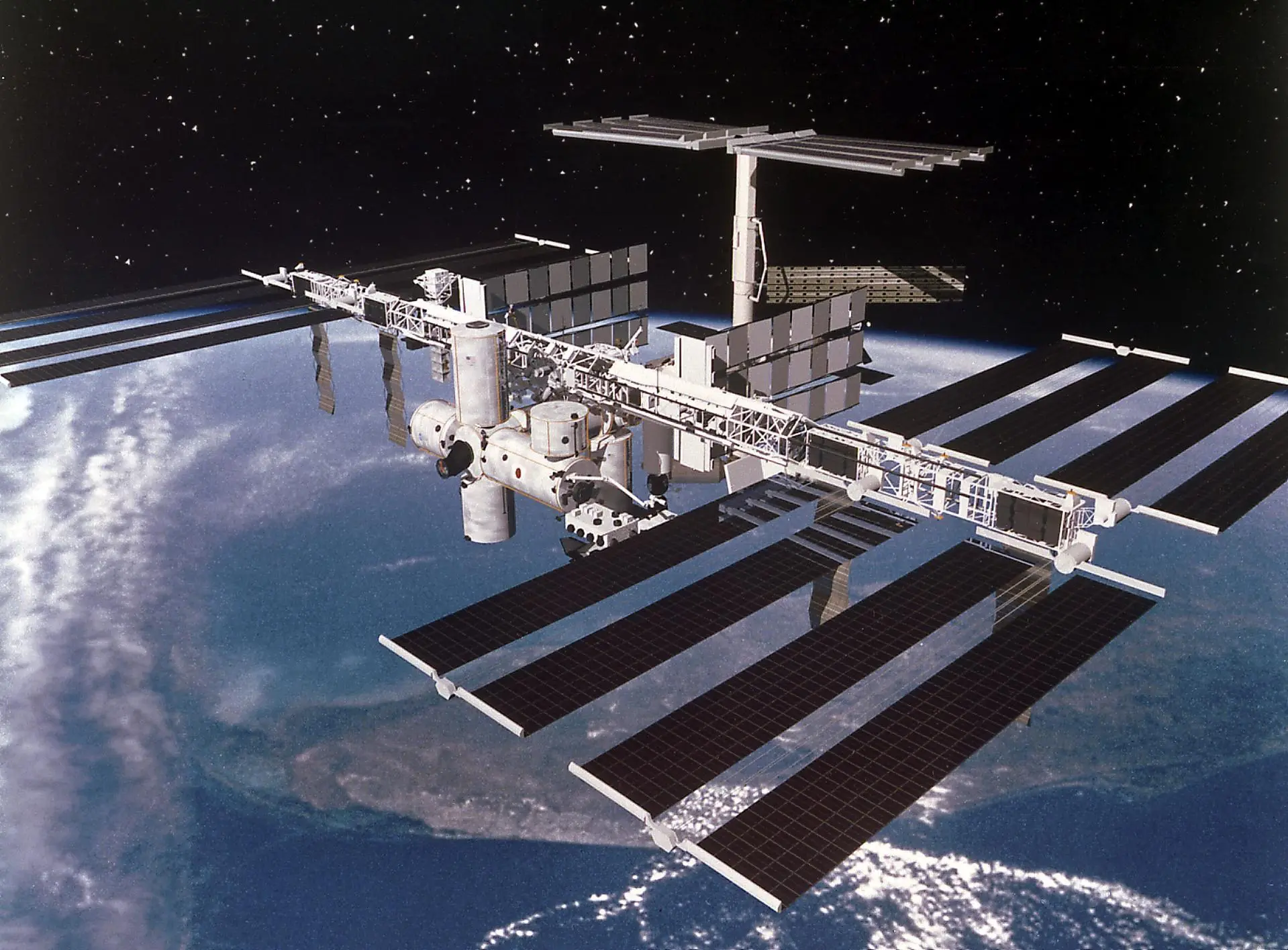
NASA and Roscosmos are at odds over a leak in the Russian section of the International Space Station (ISS). The now five-year-old leak in the service module tunnel (known as the PrK module) connecting the Russian segment to the main ISS structure is worsening, and the two space agencies cannot agree on what to do about it or how bad it is.
“Cracks and air leaks in the tunnel are a top safety risk,” a September 2024 report by NASA’s Office of the Inspector General reads. “Both agencies are collaborating to investigate and mitigate the cracks and leaks.”
“According to ISS Vehicle Office officials and their Roscosmos counterparts, the service module transfer tunnel leak is not an immediate risk to the structural integrity of the station, and there are no current concerns of long-term impacts to the overall structure.”
NASA says air is escaping at a rate of 0.9 to 1.1 kilograms per day above the space station’s equilibrium. In April, it spiked to 1.7 kilograms. As a result, officials elevated the transfer tunnel leak to the highest level of risk in the space station program’s risk management system.
“NASA and Roscosmos have not reached an agreement on the point at which the leak in the Russian section of the International Space Station is untenable,” the report adds.
NASA warns of possible space station failure
Last month, the chairman of NASA’s International Space Station Advisory Committee, Bob Cabana, told a public hearing that Roscosmos says the most probable cause of the cracks is high cyclic fatigue caused by micro-vibrations. However, NASA believes the PrK cracks are likely multi-causal, including pressure and mechanical stress, residual stress, material properties, and environmental exposures.
The US wants to keep the ISS operating until 2030 whereas Russia has not committed beyond 2028. Either way, the aging space station is requiring more and more maintenance.
The two countries don’t “have a common understanding of the likely root cause or the severity of the consequences of these leaks,” said Cabana. “While the Russian team continues to search for and seal the leaks, it does not believe catastrophic disintegration of the PrK is realistic. And NASA has expressed concerns about the structural integrity of the PrK and the possibility of a catastrophic failure.”
Foul smelling Russian spacecraft
Meanwhile, Russian cosmonauts onboard the ISS were greeted by an unpleasant odour when a Russian Progress cargo spacecraft docked recently. Opening the hatch, they “noticed an unexpected odour and observed small droplets,” according to NASA. As a result, the cosmonauts sealed off the module attached to the capsule to prevent the contamination of the ISS.
NASA suspects the smell was “outgassing from materials inside the cargo spacecraft.”
While NASA-sponsored movements to and from the ISS scoop the headlines, Roscosmos spacecraft frequently make the trip and have experienced a run of problems, including leaking coolant into space on two occasions in recent years.
The four ISS partners – the US, Russia, the European Union, and Japan, each cover their portion of the ISS’s costs and upkeep based on their contribution to the ISS. By 2022, the US had spent USD118 billion on the space station.
“Any extension of the ISS past 2030 will require continued significant funding to operate and maintain the station, acceptance of increased levels of risk stemming from its replaceable components and aging structures, and assurances of continued support from NASA’s international partners with the ISS, Russia in particular,” added the Inspector General’s report.





